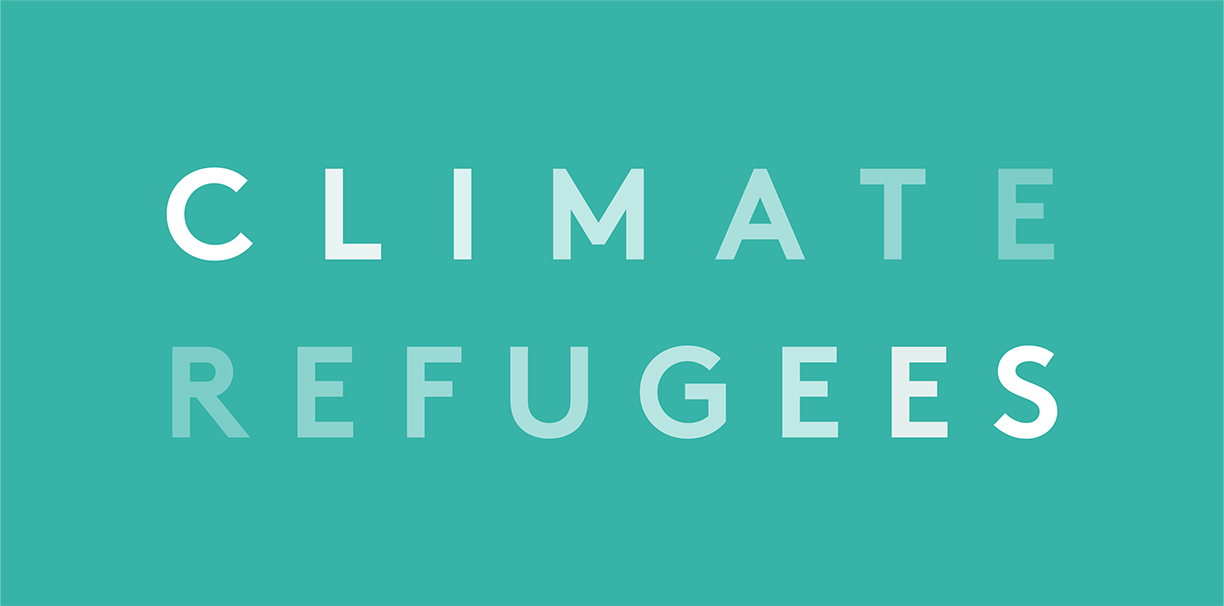In its new report, the International Committee of the Red Cross (ICRC) finds people living in conflict zones are adversely affected by climate change. Of the 20 countries most vulnerable to climate change, 12 are currently at war.
Conflict-affected communities who already face extreme stress now face further hardships by climate shocks, and state institutions, essential social services, social cohesion and even freedom of movement, which can help offset impacts to livelihood, are now profoundly disturbed by conflict.
In turn, conflict often has impacts on the natural environment as well via direct attacks or damage through warfare, which contaminate water, soil, land and air.
The International Federation of Red Cross Red Crescent Societies (IFRC) warns that by 2050, 200 million people could be humanitarian aid dependent every year, which is double the current number. It’s clear the international community fails to meet that need now, strained further by the global pandemic and rising poverty, and no stretch of the imagination is needed to envision what the growing impacts of climate change could yield.
They rightly highlight the significant climate finance gap between stable and fragile countries, where at present, the bulk of capital is used to support efforts to reduce carbon emissions, which is essential, but simultaneous action is needed to help communities adapt to climate change.
From Mali to Iraq, civilians in conflict zones are doubly impacted by climate extremes. Despite being the most impacted and having the least contribution to global warming, communities hardest hit are the most neglected by global climate action. ICRC urges humanitarian actors and beyond in the international community to make significant systemic and structural changes, increase political will, good governance, investment, technical knowledge and calls for a shift in mindsets to offset climate risks and protect people from a situation far worse to come. (Reuters)
For more on the nexus between climate change, conflict and displacement, read our field report from the Lake Chad Basin.









